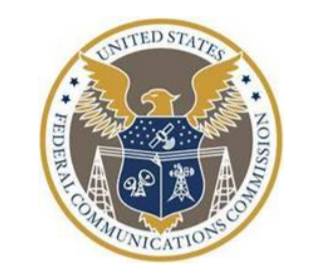The FCC voted to modernize and streamline its rules for programs that help first responders and other emergency personnel communicate during disasters. The point is to ensure the programs meet the needs of emergency personnel now and in the future, as technology advances.
The Department of Homeland Security manages three priority services programs. The Telecommunications Service Priority (TSP) System requires carriers to prioritize restoring wired communications facilities. The Wireless Priority Service (WPS) is a voluntary program in which carriers prioritize calls on wireless networks. The Government Emergency Telecommunications Service (GETS) is also a voluntary program, whereby carriers prioritize calls on landline networks.
FCC Chairwoman Jessica Rosenworcel cited the ongoing wildfire in New Mexico as an example of why the rules need to be updated. These fires “can wreak havoc on everything they encounter—including our communications networks. And when that happens, first responders are unable to access the information they need to do their jobs and people in affected areas can’t call 911, reach out for help, and alert their loved ones when they are safe.”
She explained: “We need clear plans to restore public safety communications when disasters like these strike. With wildfires increasing, hurricane season around the bend, and other natural disasters likely to visit us in the future, the time to update these plans is now.”
While the Department of Homeland Security manages and approves users for these programs, the FCC also has a long-standing regulatory role for TSP and WPS. The Commission’s rules for these programs were adopted when communications networks were primarily based on wired networks and have not been updated in more than two decades.
Specifically, the Commission voted to:
- Clarify service providers’ authorization to prioritize data, video, and IP-based voice services for eligible users on a voluntary basis;
- Remove outdated requirements that may cause confusion or impede the use of IP-based technologies;
- Update the rules to reflect the current administrative responsibilities for the priority services program; and
- Expand WPS eligibility to additional users, particularly those with response and restoration roles.
By Leslie Stimson, Inside Towers Washington Bureau Chief





Reader Interactions